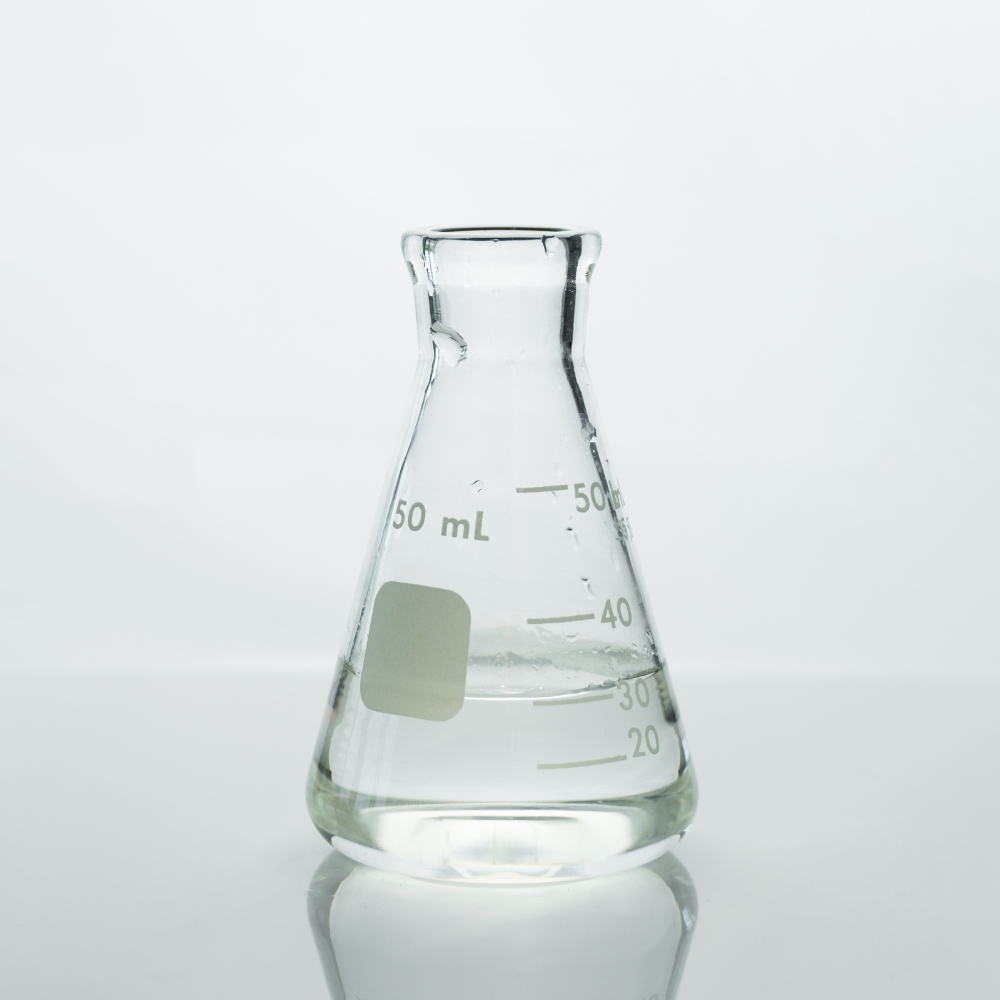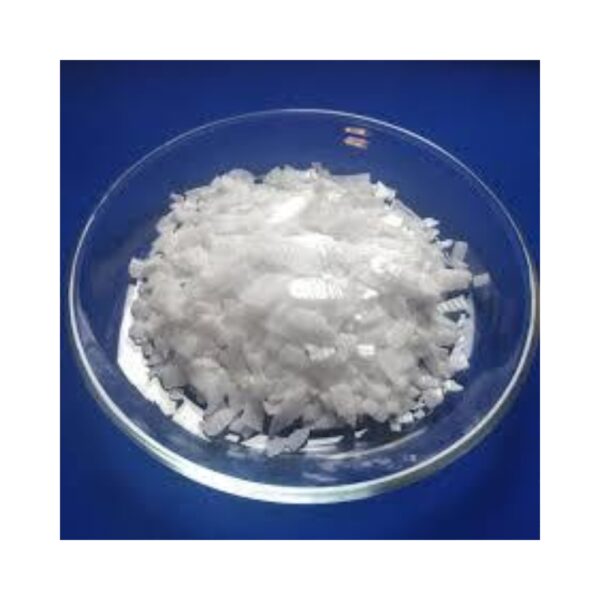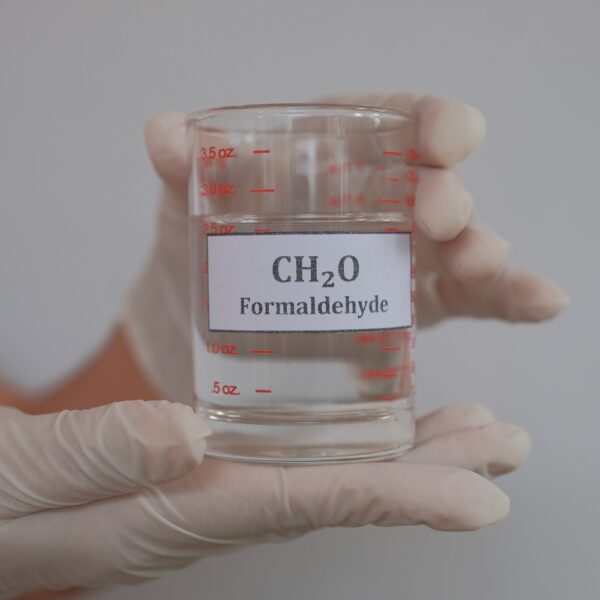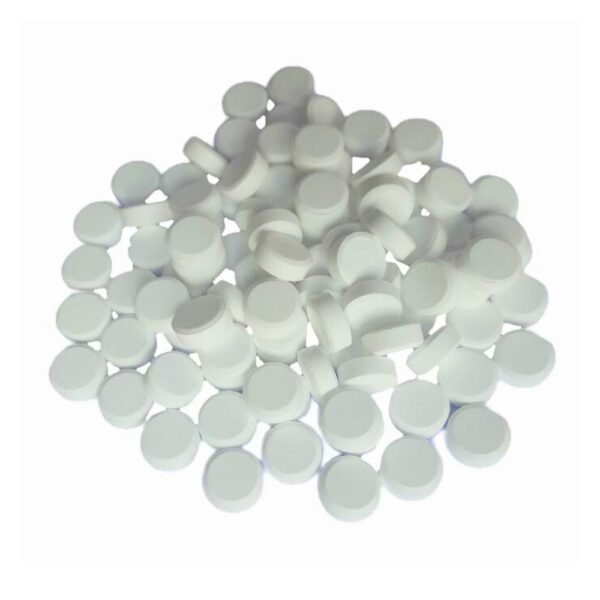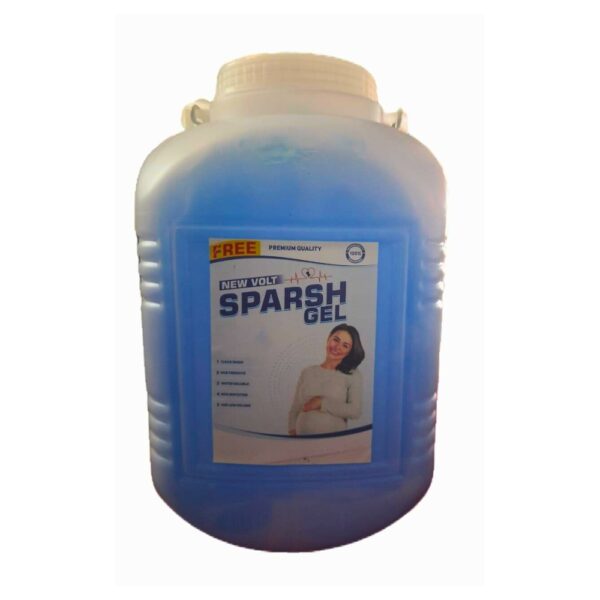Methanol
| Form | liquid |
|---|---|
| Formula | CH4O or CH3OH |
| Packaging | 50 LTR, 200 LTR, 250 LTR |
| Purity | 99.99% |
| Shelf Life | 2 year |
| GRADE | Technical |
| CAS NO. | 67-56-1 |
| Molar mass | 32.042 g·mol−1 |
| Odor | Faint and similar to ethanol |
| Density | 0.792 g/cm3 |
We are supplying methanol for industrial uses. Methanol (also called methyl alcohol and wood spirit, amongst other names) is an organic chemical compound and the simplest aliphatic alcohol, with the chemical formula CH3OH (a methyl group linked to a hydroxyl group, often abbreviated as MeOH). It is a light, volatile, colorless, and flammable liquid with a distinctive alcoholic odor similar to that of ethanol (potable alcohol), but is more acutely toxic than the latter. Methanol acquired the name wood alcohol because it was once produced chiefly by the destructive distillation of wood. Today, methanol is mainly produced industrially by hydrogenation of carbon monoxide.
Methanol consists of a methyl group linked to a polar hydroxyl group. With more than 20 million tons produced annually, it is used as a precursor to other commodity chemicals, including formaldehyde, acetic acid, methyl tert-butyl ether, methyl benzoate, anisole, peroxyacids, as well as a host of more specialized chemicals. Methanol is highly flammable. Its vapors are slightly heavier than air and can travel to a distant ignition source and ignite. Methanol fires should be extinguished with dry chemical, carbon dioxide, water spray, or alcohol-resistant foam. Methanol flames are invisible in daylight.
Main hazards:
- Methanol and its vapors are flammable.
- Moderately toxic for small animals – Highly toxic to large animals and humans (in high concentrations).
- May be fatal/lethal or cause blindness and damage to the liver, kidneys, and heart if swallowed.
- Toxicity effects from repeated overexposure have an accumulative effect on the central nervous system, especially the optic nerve.
- Symptoms may be delayed, become severe after 12 to 18 hours, and linger for several days after exposure.
Product Description
We are supplying methanol for industrial uses. Methanol (also called methyl alcohol and wood spirit, amongst other names) is an organic chemical compound and the simplest aliphatic alcohol, with the chemical formula CH3OH (a methyl group linked to a hydroxyl group, often abbreviated as MeOH). It is a light, volatile, colorless, and flammable liquid with a distinctive alcoholic odor similar to that of ethanol (potable alcohol), but is more acutely toxic than the latter. Methanol acquired the name wood alcohol because it was once produced chiefly by the destructive distillation of wood. Today, methanol is mainly produced industrially by hydrogenation of carbon monoxide.
Methanol consists of a methyl group linked to a polar hydroxyl group. With more than 20 million tons produced annually, it is used as a precursor to other commodity chemicals, including formaldehyde, acetic acid, methyl tert-butyl ether, methyl benzoate, anisole, peroxyacids, as well as a host of more specialized chemicals. Methanol is highly flammable. Its vapors are slightly heavier than air and can travel to a distant ignition source and ignite. Methanol fires should be extinguished with dry chemical, carbon dioxide, water spray, or alcohol-resistant foam. Methanol flames are invisible in daylight.
Main hazards:
- Methanol and its vapors are flammable.
- Moderately toxic for small animals – Highly toxic to large animals and humans (in high concentrations).
- May be fatal/lethal or cause blindness and damage to the liver, kidneys, and heart if swallowed.
- Toxicity effects from repeated overexposure have an accumulative effect on the central nervous system, especially the optic nerve.
- Symptoms may be delayed, become severe after 12 to 18 hours, and linger for several days after exposure.

ISO company certified

GMP company certified


